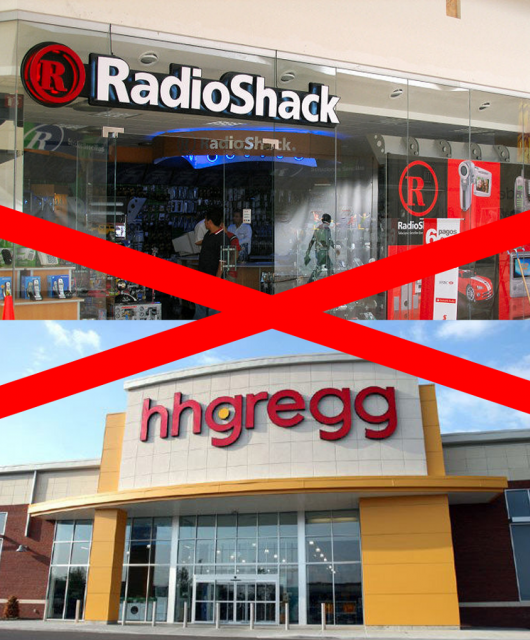
Labbrand Brand Innovations
When optimistic announcements are made about mergers & acquisitions with 13 billion dollar price tags, there is no shortage of excitement and speculation around the anticipated industry shakeup. But what kind of preparation and mobilization does it take to sustain a successful transformation?
Though planning the brand transition during an M&A may prove elusive compared to other shifts, the role of the brand is just as crucial as the necessary financial and operational transitions that must occur. A structured approach to communicating purpose behind the M&A, developing cultural alignment, and tracking brand engagement both internally and externally makes the difference between an M&A success story or cautionary tale.
Here we take a look at how companies can leverage positive equities to make for consistent and powerful brand delivery in times of M&As.
Contextualize the brand story
A powerful brand delivery hinges upon purposeful messaging around the M&A for all audiences including employees, investors, and customers. Nailing down the brand story and positioning first for each of the new audiences is a precursor to facilitating employee understanding of their roles and responsibilities contextualized within the new brand story.
Tony Hsieh of Zappos sought broad-based employee buy-in early on when the online shoe company sealed the deal with Amazon. In an open letter to his employees, the Zappos CEO wrote:
“We learned that they [Amazon] truly wanted us to continue to build the Zappos brand and continue to build the Zappos culture in our own unique way. We realized that we are both very customer-focused companies – we just focus on different ways of making our customers happy.”
From the other side of the matchmaking table, Amazon CEO Jeff Bezos shared a similar perspective in his own words:
“The acquisition brings together two companies who share a passion for serving customers and whose customers benefit from cultures of innovation and long term thinking.
Zappos is a customer focused company. We see great opportunities for both companies to learn from each other and create even better experiences for our customers.”
Providing a shared vocabulary to communicate the new brand story is key for embodying brand-led thinking and behaviors. Reshaping the customer experience starts with building a culture of high engagement with the brand internally so that employees can consistently deliver powerful brand experiences to customers.
Rally from the inside out
Upon the $1 billion acquisition by Unilever, Dollar Shave Club founder Michael Dubin reflected, “The most important aspect of culture is how people feel about their role. You need clear financial and spiritual objectives and benefits. If you don’t get that right, it doesn’t matter how many beanbag chairs you have.” How can incisive clarity around roles, objectives, and benefits be brought to the fore in the midst of all the moving parts involved in an M&A?
A roadmap with milestones that map back to identified key objectives along a 90 to 180 day timeline both provides employees with tangible outlets to rally around the transition, and also acts as an accountability tool to facilitate the transition internally. Appointing cross-functional leaders to champion roadmap efforts and coach their teams through the integration ensures an inherent level of ownership to the process.
In addition to providing a shared vocabulary and roadmap, drumming up excitement from the inside out could take a number of forms:
- Host an internal launch event
- Share materials to express the new brand messaging widely
- Create an internal reward system or challenge for operationalizing new day-to-day practices
- Build in a channel for ongoing dialogue and feedback loops (i.e. weekly newsletters, monthly sharing of brand successes & failures)
- Roll out a buddy program to pair partners from both sides of the M&A
Effectively bringing a new brand story to life following an M&A announcement hinges upon having the internal capacity and cultural alignment in place. Once the trifecta of roles, goals and incentives align to bring clarity, pathways for inspiring employees follow soon after.
Measuring the before-and-after difference
Though the temptation to fixate on exponential growth and evident synergies may be enticing in a climate of optimism, knowing the blind spots and being able to track the evolving brand equity following an M&A is one way to future proof the union of brands. When unions between the likes of Jet & Walmart or Amazon and Whole Foods take place, the assumption is made that partners like Jet or Amazon will bring a more data-driven approach to bring greater scale, sales, and visibility to the table. By the same token, what scale of progress could be achieved if data was used to evaluate the internal transitions that occur before and after an M&A?
Far from being a linear process, branding in times of M&As require continuous iteration and evaluation. Validating implemented actions through tools such as a brand equity tracking reveals areas for refinement over time. Rather than becoming a static document that collects dust, reviewing the roadmap periodically with an identified brand steering committee heightens the possibility for synergies between brand touchpoints to be maximized and also provides a pulse on overall brand progress. Operationalizing a roadmap as it relates to day-to-day progress becomes possible when internal competencies are tied to key metrics as defined by the roadmap. In an adapt or die economy, spotting opportunities for brand evolution through consistent tracking and evaluation is what enables brands to stay ahead.
Cohesion and continuity through the brand
Bean bag chairs and hefty price tags aside, we believe the most interesting and exciting aspect of an M&A occurs behind the scenes with the people that make the brand. Tapping into the power of the brand as a cohesive force that drives continuous dialogue and evaluation internally provides fertile ground for an M&A success – and also what cultivates a culture-first mindset in times of M&As.





